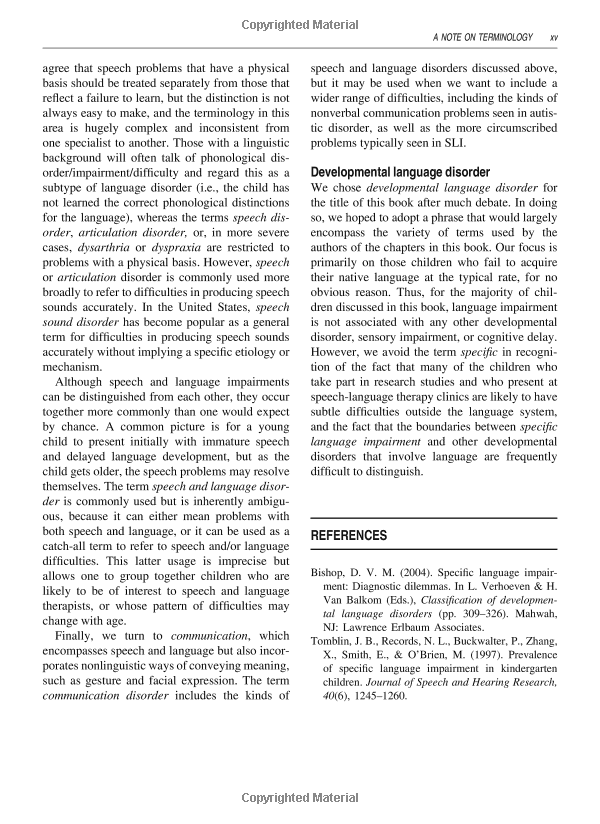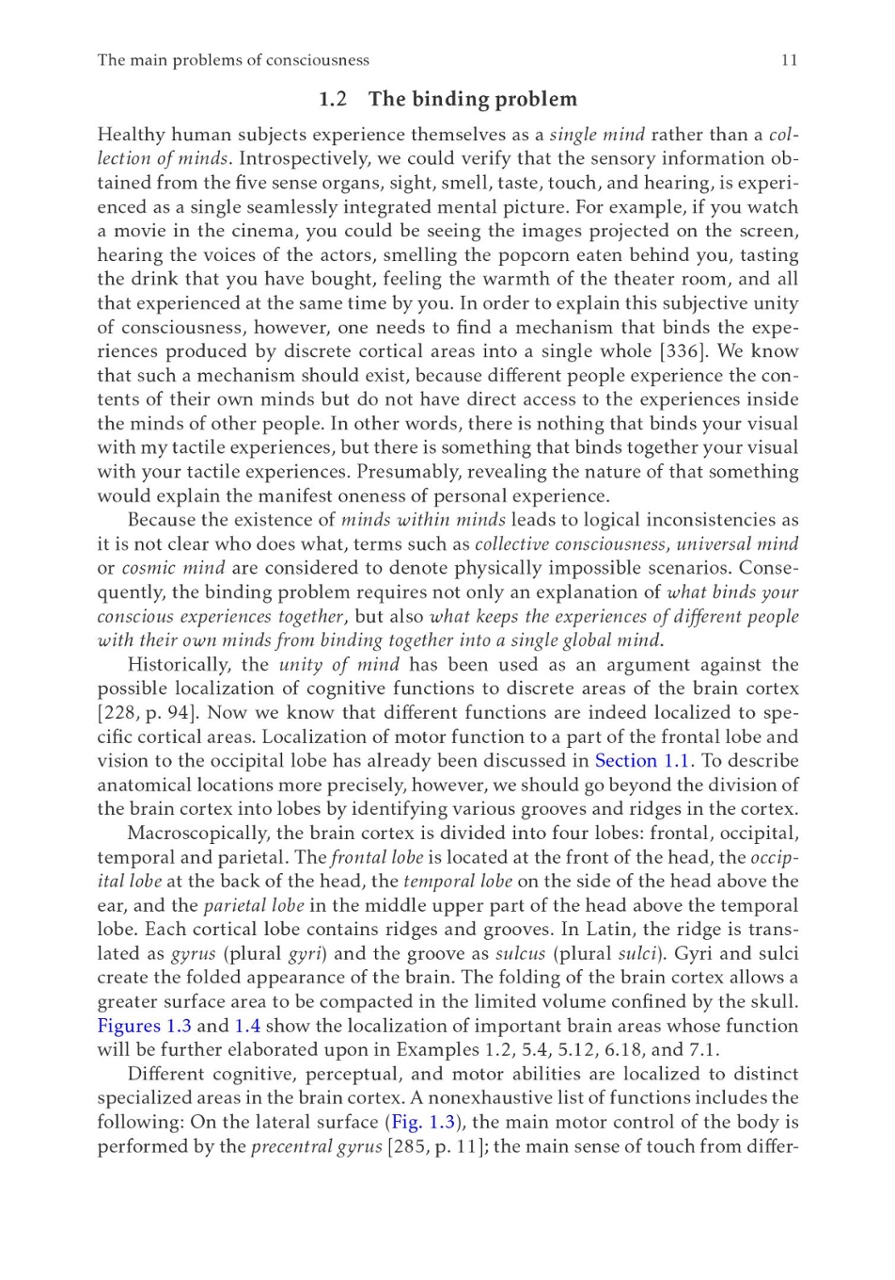Understanding the Difference Between Unsubsidized and Grad PLUS Loans: A Comprehensive Guide
#### Difference Between Unsubsidized and Grad PLUS LoanWhen it comes to financing your education, understanding the various types of student loans available……
#### Difference Between Unsubsidized and Grad PLUS Loan
When it comes to financing your education, understanding the various types of student loans available is crucial. Among these options, two commonly discussed loans are the unsubsidized loans and Grad PLUS loans. This article will delve into the **difference between unsubsidized and Grad PLUS loan**, helping you make informed decisions about your financial future.
#### What is an Unsubsidized Loan?
An unsubsidized loan is a type of federal student loan that is available to undergraduate and graduate students. Unlike subsidized loans, the government does not pay the interest on unsubsidized loans while you are in school or during deferment periods. This means that interest begins to accrue as soon as the loan is disbursed. Borrowers are responsible for paying the interest, which can significantly increase the total amount to be repaid over time.
Unsubsidized loans have a fixed interest rate, which is determined by the federal government and can vary from year to year. As of the 2023 academic year, the interest rate for unsubsidized loans for graduate students is typically higher than that for undergraduate students. Additionally, there are no credit checks required for unsubsidized loans, making them accessible to a wider range of students.

#### What is a Grad PLUS Loan?
The Grad PLUS loan is another federal loan option specifically designed for graduate and professional students. This loan allows students to borrow up to the full cost of their education, minus any other financial aid received. Unlike unsubsidized loans, Grad PLUS loans require a credit check, and borrowers with an adverse credit history may need to find a creditworthy endorser to qualify.
Grad PLUS loans also have a fixed interest rate, which is generally higher than that of unsubsidized loans. However, one of the key benefits of Grad PLUS loans is that they offer a higher borrowing limit, making them an attractive option for students facing high tuition costs. Additionally, borrowers can choose from various repayment plans, including income-driven repayment options.
#### Key Differences Between Unsubsidized and Grad PLUS Loans

1. **Eligibility**: Unsubsidized loans are available to both undergraduate and graduate students, while Grad PLUS loans are exclusively for graduate and professional students.
2. **Interest Accrual**: Interest on unsubsidized loans begins accruing immediately after disbursement, whereas Grad PLUS loans also accrue interest from the time the funds are disbursed.
3. **Credit Check**: Unsubsidized loans do not require a credit check, making them more accessible. In contrast, Grad PLUS loans require a credit check, which may affect eligibility for some borrowers.
4. **Borrowing Limits**: Unsubsidized loans have annual borrowing limits, while Grad PLUS loans allow students to borrow up to the full cost of attendance minus any other financial aid.

5. **Repayment Options**: Both loan types offer various repayment options, but Grad PLUS loans may provide more flexibility in terms of income-driven repayment plans.
#### Conclusion
Understanding the **difference between unsubsidized and Grad PLUS loan** is essential for students seeking financial aid for their education. While both loan types have their advantages and disadvantages, the choice ultimately depends on your individual financial situation, educational goals, and repayment capacity. By carefully considering these factors, you can make a more informed decision that aligns with your needs and helps you achieve your academic aspirations.